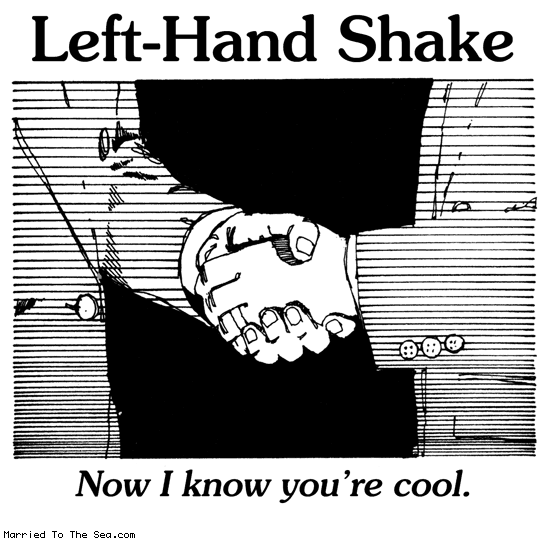
What constitutes winning? Every sporting contest defines this before the game begins. But, in self defense, what does it mean to win? Who decides this? What does it mean for us when others impose their answers on us?
A martial artist might be attacked on the street, and execute a picture perfect round kick to the attacker's head. Bam, just like in the movies. Just like in the dojo. The ideal of winning – ippon! But, suddenly that same martial artist might find himself being judged guilty of the use of excessive force. After all, a martial artist, a black belt, should have some restraint. I mean, my goodness, he kicked him in the head (DA's and jurors often have unrealistic notions of what constitutes a reasonable response to attack, and what reasonable people actually do in the moment of actual threat).
And then there are the armchair critics. There are always those who say, "You should have done this..." Or, "I wouldn't have done that..." It is easy to imagine what we would or wouldn't do, but in the actual moment, what we actually do may be quite different from our fantasy. When I talk to people who have survived assaults, they often do this to themselves, saying, "I should have done this or that." I am usually the one saying, "You did great! The fact that you are standing here today proves that you are stronger than your attacker."
So, questions of winning and losing are about not only the moment of assault, but also about what happens later. Consider this scenario, a women is raped. In one version of the scene, the women chooses to endure the outrage to survive, so she does not fight back. In another version of the scene, the woman decides to fight back – survive or die, to fight back. So she fights, she struggles, she bites, she scratches, and for her resistance she gets punched into incapacity, suffering a broken jaw, a broken rib, and multiple bruises in addition to being raped. Now, if we define winning as survival with a minimum of injury, the woman who chose to endure to survive has come out ahead of the women who chose to fight. However,...
Later the women are at the hospital being examined for forensic evidence. In the emotional aftermath of the assault, the first women is saying, "I was so scared, I just wanted it to be over. I just disconnected from my body. It was like I was watching from afar. I felt so helpless." And the second women is saying, "I couldn't stop the son-of-a-bitch, but I gave him something to remember. He may be stronger than me, but I wasn't going to let him rape me without a fight. Check my fingernails, I know I have his DNA there. And start looking for a guy with scratches and teeth marks."
So, who is in a better position to survive the long term effects of the rape? There is no right answer to the question of whether to fight back, or to endure to survive. And there is no right answer to the question of what it means to win under these circumstances. There is only the answer each of us chooses for our own selves. My only suggestion is to choose ahead of time, to be mentally prepared. But, remember, if you are attacked and things don't go the way you imagined they, you have the right to redefine what it means for you to win.
Thanks for reading,
Now, go train.
CT
P.S. There is still time to send me questions to answer for you on a series of video blogs I will be recording and posting soon. Just send your question to me at christhomasmartialarts@gmail.com




